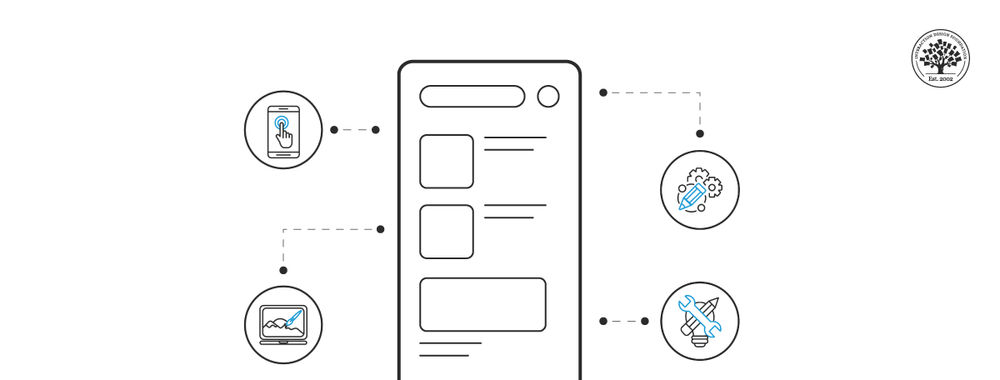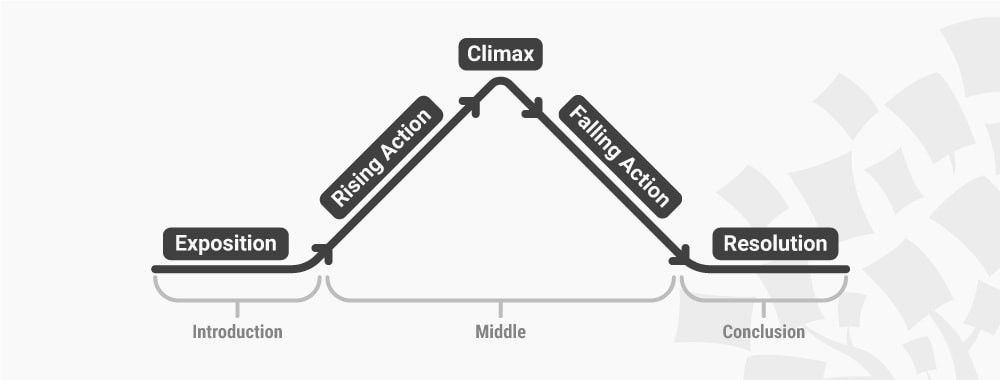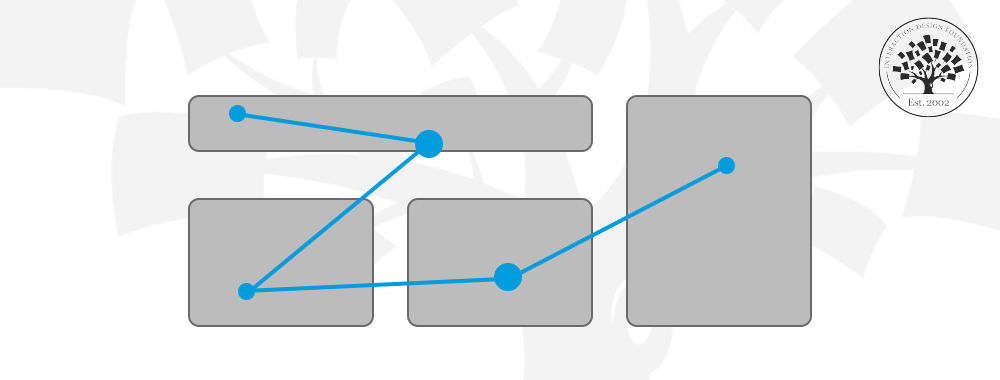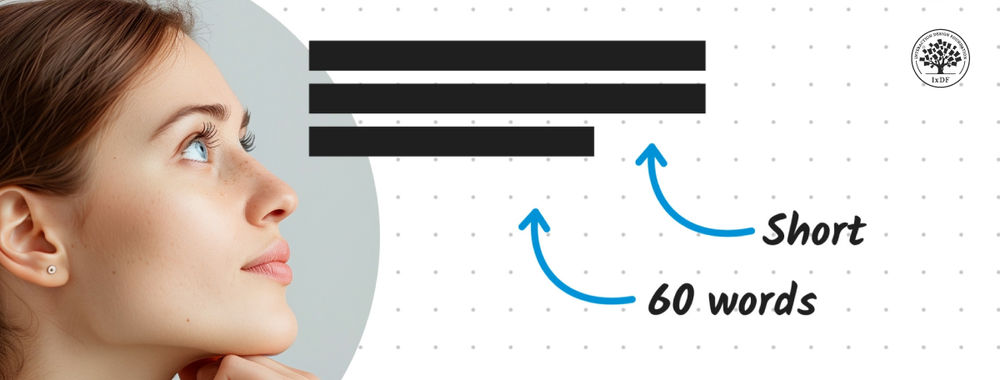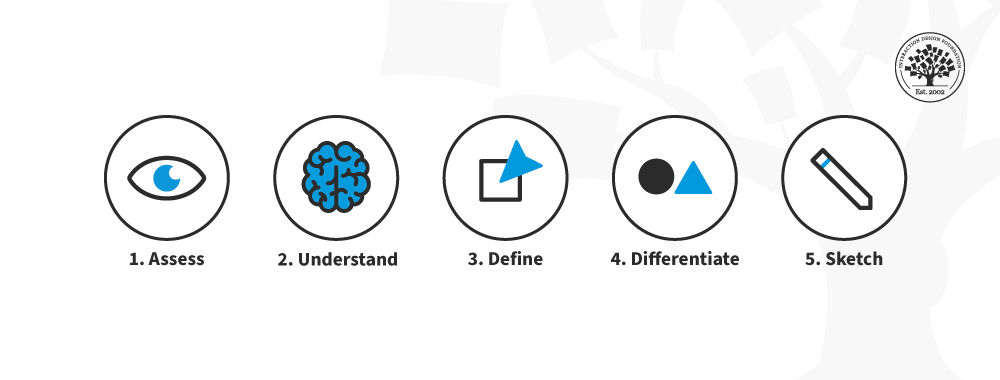Phenomenology is an easy word to start saying but I always end up confused as to when to stop saying it. It’s a word that feels like it should go longer on the tongue than it should. Thankfully it’s a simple word to understand, if not say, and it’s the act of trying to study and describe consciousness. In short, it’s an attempt to understand the way that human existence is part of the larger world around it. It should be immediately obvious why this would be of interest to those in the UX design, interaction design, and UI fields.
There are three basic assumptions (or aspects made in phenomenology) and they are as follows:
Consciousness is About Something
Well clearly, you say. Yet, it not as obvious as it sounds. What this really means is that consciousness is a reflection of intent. For example; when we perceive something – we intend to perceive it. (This is why small children hide behind the sofa when something scares them on television – they intend not to perceive it any more).
Our intentions towards perception of an object can change. If you eat an apple you perceive the taste. If you paint a picture of one; you perceive the texture, the colour and perhaps the fragility of the fruit. If you watch an apple grow; your perception will be different again.
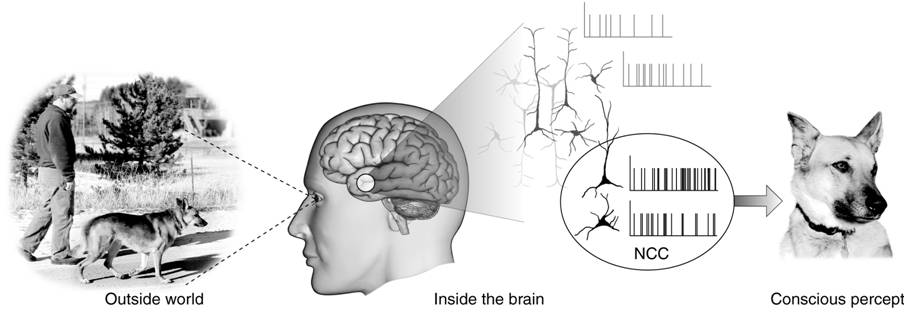
Author/Copyright holder: Christof Koch . Copyright terms and licence: CC BY-SA 3.0
Consciousness Itself is Phenomenal
The word phenomenal here is used to try and show that each experience of consciousness is different and that we need to show “what it is like” if we want to describe things accurately. So… to make that clearer than mud. If you were to bite into a lime and the describe it; it would (unless you have faulty taste buds) be a very different experience than if you were to bite into the apple in our last section. One is sharp and sour, the other sharp but sweet.

Author/Copyright holder: Fmorm. Copyright terms and licence: CC BY-SA 3.0
Has Temporal Structure
Finally, our consciousness and perceptions of things differ over time. We recall events subtly differently over the years; with parts of the experience becoming the predominant part of memory and other parts slowly disappearing from our recall.
We can use previous perceptions to infer matters in the future. For example; if you are bitten by a dog when you are a child, you are quite likely to find dogs scary in the future (you are transferring the bite of one dog onto other dogs – a handy skill if you want to keep your legs free of scars).
As importantly our perceptions can be coloured in contrast to other incidents. You are less likely to be scared of biting dogs if your parents had brought home a dog and showed you that with love, care and a little discipline – dogs can make wonderful pets which do not sink their teeth into you.
This all requires an understanding of consciousness in time.
Find Out More about Phenomenology
References
Hero Image: Author/Copyright holder: Kevin Dooley. Copyright terms and licence: CC BY 2.0


